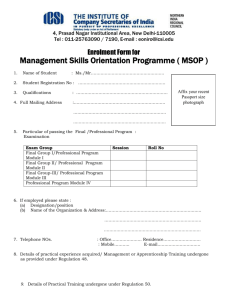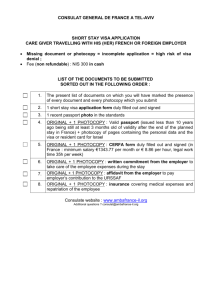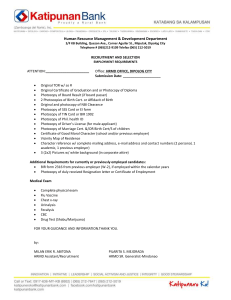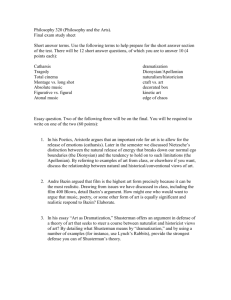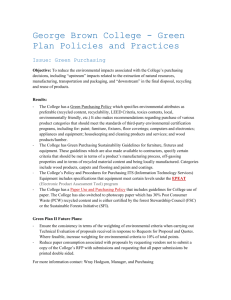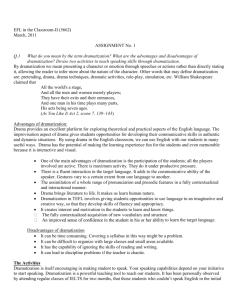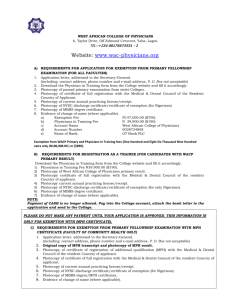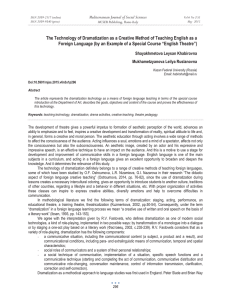home work to improve reading skills of students for classes iii, iv & v
advertisement
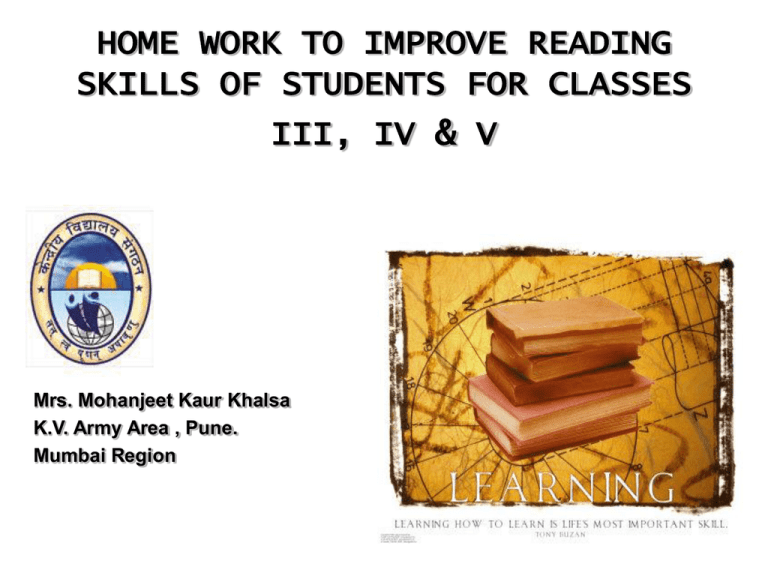
HOME WORK TO IMPROVE READING SKILLS OF STUDENTS FOR CLASSES III, IV & V Mrs. Mohanjeet Kaur Khalsa K.V. Army Area , Pune. Mumbai Region 1 Topical Outline • • • • • • Introduction Objectives Methodology Adopted Results/Findings Applications/Implications Conclusion 2 Introduction 3 • Home Work To Improve Reading Skills Of Students For Classes III, IV & V provides graded reading material for beginners as well as advanced learners, exposing them to a variety of writing styles. • This is an innovative teaching aid, which makes use of a set of cards specifically called as “Reading Cards”. • The cards are specifically designed for independent, self-paced reading. Each reading card is like a page book which contains a complete, self-contained text. • The texts are wide-ranging, with passages on science, people, places, folktales and stories from real life and mythology with lively and imaginative illustrations to accompany them. 4 In short, Home Work To Improve Reading Skills Of Students For Classes III, IV & V is an exciting new teaching aid where learning becomes part of leisure activity. 5 Objectives 6 Home Work To Improve Reading Skills Of Students for Classes III, IV & V brings the idea of a `Teacher-Student Resource Unit' with a range of role-play, dramatization printed and other kinds of teacher training resource material for use within and outside of classroom contexts. 7 Here are ten tips to improve reading skills that have been taken under consideration while implementing this project 1. 2. 3. 4. 5. 6. 7. 8. 9. 10. You don't have to be a great reader to get the point. Know WHY you're reading. You don't need to read everything. You don't need to read all of what you DO read. Scan before you read. Prioritize your reading. Optimize your reading environment. Once you start, don't stop! Focus. Practice 8 Methodology Adopted 9 Without getting bound with the texts books, to improve the reading skills of the children, the help of reading cards from the school resource room was taken. These cards are very easy and handy to handle with heading (title) written in bold letters with the first letter being the capital letter. These are with different stories, information regarding vivid things existing. This innovative learning aid provides graded material for independent, self- paced reading. 10 Resources Used 1. 2. 3. 4. The Reading Cards Photostat Material Student / Child Resource Dramatization 11 About Reading Cards • The reading cards are graded from levels I to V. • Each level consists of 50 cards. • Each card is like a four-page book. • Each card contains a complete, independent, self-contained text. • A wide- range of topics with passages on science, people, places, folktales and stories from real life and mythology. • Colorful and imaginative illustrations • Simple comprehension and vocabulary exercises to enable self-evaluation. 12 Execution Of Project 1. Any reading card is selected and photocopy of the same is distributed to every child on every Saturday, the levels to be taken into consideration. 2. Mapping of levels with classes Class III –Level –I Class IV – Level –II Class V – Level – III 3. The students are also given a ruled sheet on which they would write the following points: 1. From the photocopy of the reading card – 2. Title – Same as written on the reading card 3. Exercise given on the reading card. 4. One sentence about the story. 5. Parents sign. 6. Picture drawing at the back of this paper. 13 4. Hence this sheet becomes the activity sheet for this child. 5. The photocopy of the reading card can be kept at home. 6. The record of the above activity sheets are maintained by the respective English teachers of the classes. 7. To make it more joyful reading, instead of photocopy, the original reading cards are given to the students. The number of the reading card is recorded. This will illustrate the number of reading cards read by each child. 8. During the morning assembly of the Primary Section, story from the reading card is dramatized by the students of respective classes. At the end of each dramatization the moral of the story is stated which will in turn prepare the child to be a good citizen of the society in which he/she is going to live or work. 14 Dramatization 15 16 17 Results 18 Results / Findings 1. Parents are very glad to see the progress in the reading skill of their ward. 2. Parents have learned that value education has been ingrained in their children. 3. The little ones have shown interest and zeal to read more and more stories with fascinating pictures. They eagerly wait for the next one. This has resulted into effective interaction of students with the teachers. Also in pupillearning process, understanding of the concepts is grasped quickly. 4. With the improvement in the reading skills, the children have achieved strong reasoning power. 19 5. Statistically the data showed a tremendous improvement in the reading grades obtained from A – Very good to A* - Excellent. 6. Students are able to easily grasp and understand the story which is dramatized. They are able to narrate and also tell the moral of the enacted story. Thus improving the overall competency, skills and proficiency of students. 7. This project helps in directing the students’ reading ability to an individualized and selfpaced improvisation. 8. Lastly it serves as a mini portable library for learners of English & ideally plays a very important role towards the overall reading proficiency of a student resulting in an early delivery of correct and improvised form of reading skill. 20 Applications 21 Applications / Implications The educational implications of this project can be made by various educationists like: • Teachers • Teacher-educators • Students • Student-Teachers • Parents & Society as a whole. 22 Conclusion 23 “Home Work to Improve Reading Skills of Students for Classes III, IV & V, not only improvises the reading skills of students but also plays a very effective role in grooming the overall personality of the student as a whole.” 24 25
